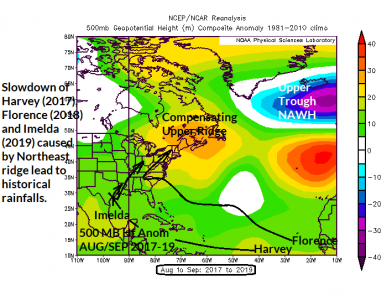06/07/2020, 2:50 pm EDT
The vast majority of soils across the globe are wetter than normal which is rare during the modern climate pattern. In North America there remain wet soil regions in the Central and East U.S. although the Great Plains trend is mostly drier. The East/Southeast U.S. is trending wetter. Much of Mexico is now trending wetter. In South America a wet trend developed across Western Brazil while central Argentina and the southern Chilean Drought Area turned wetter.
![Climate-Impact-Company-logo-sm[1]](https://climateimpactcompany.com/wp-content/uploads/2023/08/Climate-Impact-Company-logo-sm1.png)
